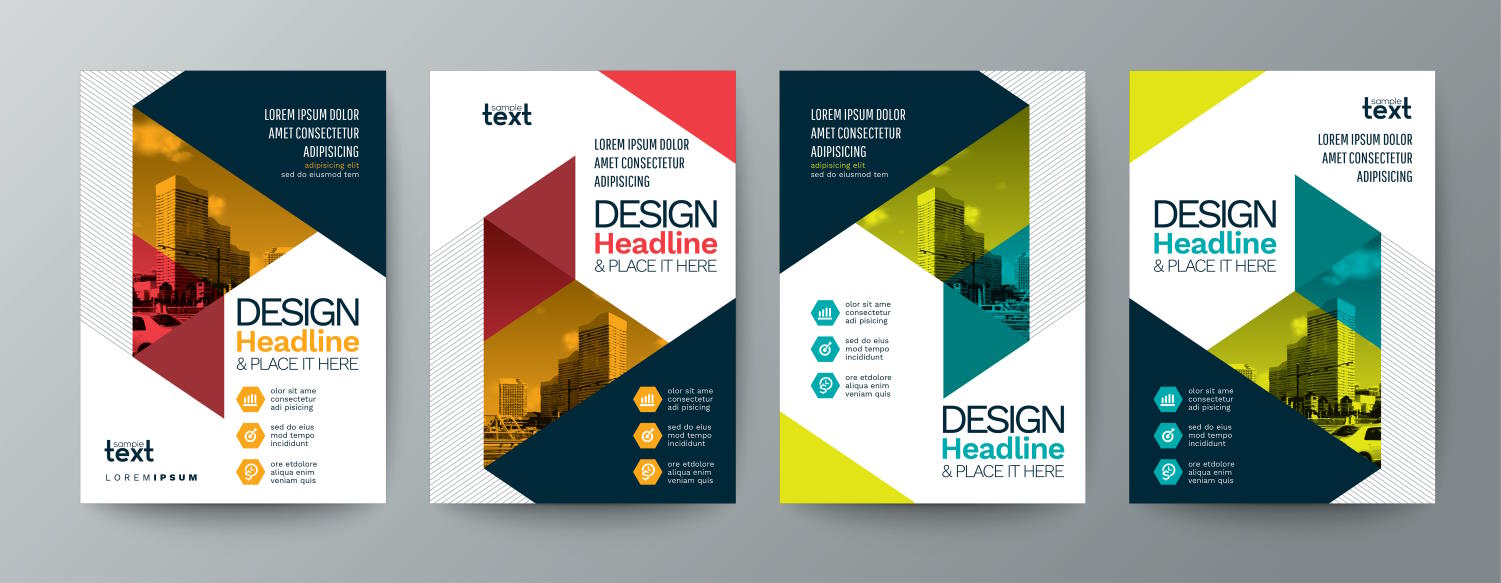Andiamo’s tourism translation guide

The most common question surrounding tourism translation is ‘What should remain in English and what should be translated in each language? Our many years of experience translating material for the tourism industry has prompted us to write this brief guide to help both our clients and specialist tourism translators.
What should or shouldn’t be translated does vary from language to language depending on how much English is understood in the the target language and culture but it does need to be consistent within each language.
This is, of course, just a guide and we always work with our clients to advise and discuss the best solutions for them in terms of style and terminology.
In the words of George Orwell, “Never use a foreign phrase, a scientific word, or a jargon word if you can think of an everyday English equivalent”. The same applies in other languages; do not use an English word if there is a suitable equivalent.
Abbreviations and acronyms
Determine whether there’s an equivalent acronym in the target language. If not, leave it in English with a brief explanation about what it stands for, where it occurs in the first instance.
Characters and film titles
For popular international characters and film titles eg. Disney, James Bond, there are usually existing approved translations. (Do check first though to see that the client is happy marketing the products with translated character names as they may occasionally request these to remain in English to tie in with marketing campaigns).
Culturally-specific ideas and practices
Say your English document is taking about a ‘traditional cream tea’ or ‘mince pies’. It’s unlikely that there are recognised translations for these culturally-specific concepts. We recommend keeping these in English, in italics, and providing a short explanation in the first instance.
Exhibition names in English museums/ galleries
- Use the English so they can find the room on a plan or by following signs and provide a brief explanation of what the exhibition is about but only if not explained directly underneath. Avoid repetition.
- Avoid using English and the translation every time, particularly if the document is going to be typeset as it looks messy and may not fit.
- The same should be applied to book titles and works of art.
Famous people
- If there is a common translation such as for the names of Kings and Queens it should be used. So, in Spanish Henry VIII is Enrique VIII.
- If the person is less commonly known in the target culture, keep their name in English and describe them a little by adding ‘English footballer’ or English television presenter’. In languages with other scripts you should also transliterate less common names so readers can pronounce them.
Measurements
Use the system used in the target language. Check conversions from feet and inches to centimetres and metres or acres and hectares. There is no need to include both metric and imperial unless specifically requested.
Place names
- Always use the standard translation if it exists, particularly for countries and main cities.
- For less common place names such as names of villages, leave them in English. If the translation is being done in a different script such as Japanese or Arabic, these should also be transliterated to help visitors pronounce them.
Our translators use these guidelines when translating tourism copy and we hope our tourism clients have found this article to be a useful insight into our processes.







